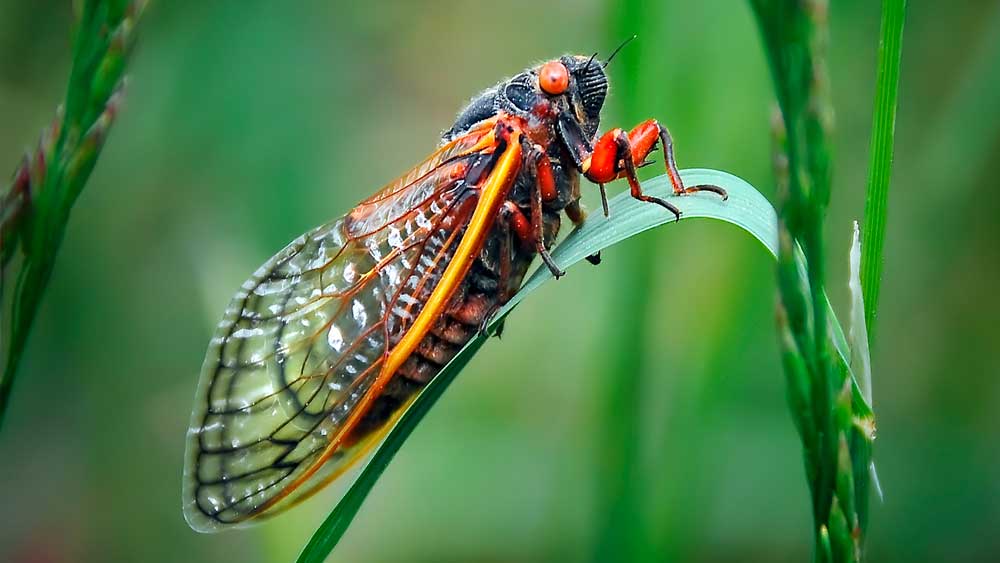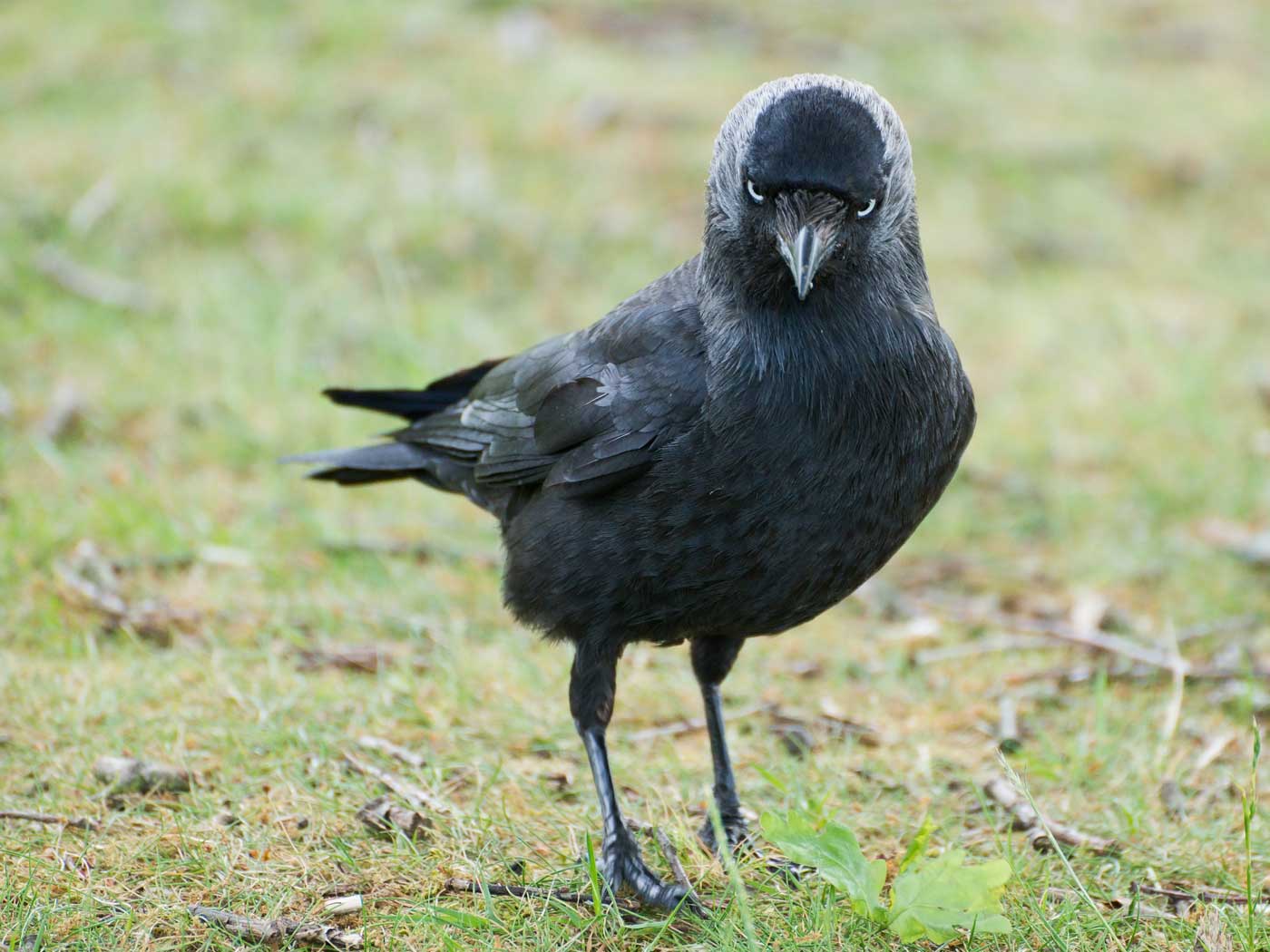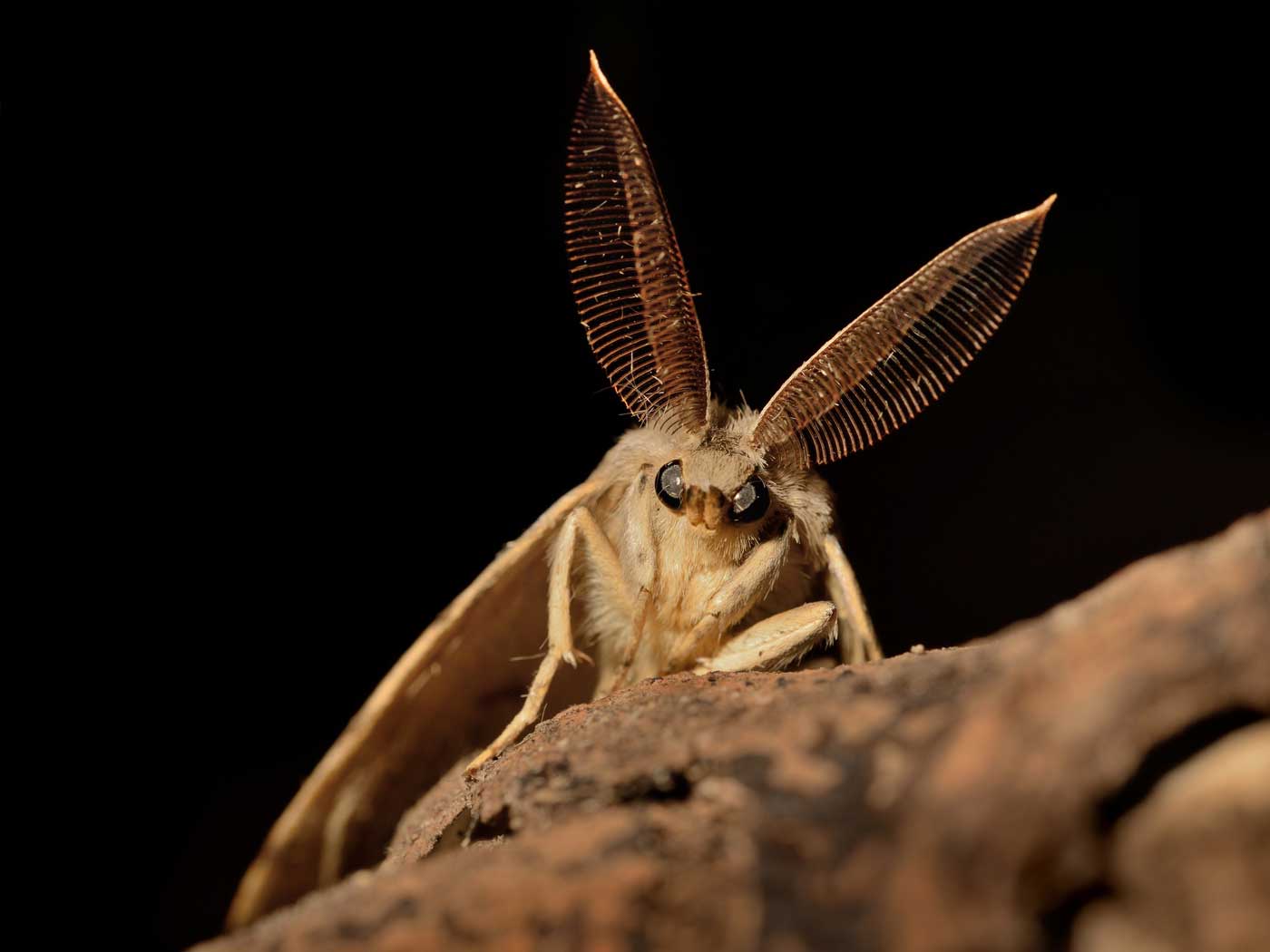And for many such periodical cicadas, reports Kirsten Geddes, it’s about that time.
Cicadas, those little bugs that make a familiar hissing [or buzzing or whirring] sound, are making their way back to Texas. The bugs have been underground for about 17 years, but are now emerging. Many are heading to East Texas…3
But cicadas are already teeming in three of America’s east coast states, according to AccuWeather’s Kevin Byrne.
Following a 17-year period of underground development, periodical cicadas are set to burst above ground in the coming days and weeks, with three states in particular expected to be hotspots for the bugs to emerge and sing their own song of summer. Periodical cicadas can appear in 17 or 13-year intervals and cicadas of the same life cycle are classified into different broods. This year’s emergence is classified as Brood IX and the largest quantity of the insects is expected across parts of northwestern North Carolina, southwestern Virginia and southeastern West Virginia.4
The exact timing of this massive “invasion,” some say, is determined by a blend of phenology (seasonal timing or other periodicity patterns that animals sense and respond to) and weather (daily details of rainfall, temperature, etc.).
One of the biggest factors that helps the insects know when it’s time to dart above ground is when soil temperature reaches a comfortable 64 degrees Fahrenheit. The bugs typically arrive in mid-May and can continue to come out through early July. And, while the mid-May cold snap felt across the Midwest, Northeast and mid-Atlantic could delay their full emergence, it likely won't have a substantial impact on the brood, several experts told AccuWeather.4
Dr. Michael Skvarla, entomologist at Pennsylvania State University, says that warmer springs can prompt cicadas to arrive in the year. Conversely, he says, cooler springs influence them to arrive later in the year.4
However, other entomologists have proposed other theories about cicada arrivals, such as cicada reacting only to host-tree seasonal cycles.5
Regardless of whatever form of “alarm clock” the cicadas are programmed (by God) to react to, they all use the same math calculations great hordes of them emerge, suddenly and simultaneously, when they do appear—whether that be in late spring or early summer.1,2,4,6
Why does this work how it does? Rather than recognize God’s genius in these insects, many give credit to an imagined (and never-observed) evolutionary process, as is illustrated by the speculation of Dr. Jim Fredericks, entomologist with the National Pest Management Association.
When it comes to their unique life span, the 17-year life cycle of periodical cicadas is thought to have evolved [sic] as a strategy to avoid predation, which makes it difficult for other species that use cicadas as food to sync with their own life cycles, Fredericks explained. Different broods surface in different regions, though some members of a population may turn up early (or late) and some regions see overlap. "Over time, these breeding populations evolved [sic] into predictable emergences,” he said.4
Obviously, Dr. Fredericks is no eyewitness to any such process—yet he gives credit to an imagined process, so as to avoid the obvious alternative: God the Creator.
Meanwhile, arriving swarms of cicadas are expected in Virginia, North Carolina, and West Virginia.
Experts predict that more than a million cicadas will be making appearances in the coming months, with parts of Virginia, West Virginia and North Carolina serving as hotspots for the insects. The last time cicadas made a major appearance was in 2013, when billions of the bugs burst out of the ground and infested the East Coast and mid-Atlantic region. This showing is expected to be much smaller, with scientists predicting that just 1.5 million cicadas will emerge.…6
Only 1.5 million cicadas? Surely their numbers will be heard! But should we be fearful? Not if you are human—but maybe if you are a tree.
Typically harmless, the insects pose no threat to people but can do some damage to trees. The real issue of cicadas is their extremely loud mating hum, which can reach up to 100 decibels—the same sound level of power tools and lawnmowers.6
As ICR’s Dr. Brian Thomas clarifies, the genius in all of this phenological timing is not the buzzing bug—it’s the Creator-God who bioengineered the bug’s time-sensitive software and hardware. This is providential programming!
Mike Raupp, an entomologist at the University of Maryland said, "These guys [i.e., cicadas] are geniuses with little tiny brains." So, even secular scientists recognize the genius inside insects' instincts. But unfortunately, they mistake the origin of that genius. Raupp told AP, "These guys have evolved several mathematically clever tricks." They should know better. … Magicicada [cicada] broods spend either 17 or 13 years living underground, and both are prime numbers. If a series of prime numbers came from outer space, secular astronomers would have no doubt that an intelligence sent them. But apparently their inference-making skills lapse when prime numbers occur in creatures right at their feet!2
So how should we understand the wonder of this astonishing invasion of buzzing bugs who, somehow simultaneously after 17 (or 13) years, know what time it is? The answer is not that these time-conscious bugs somehow “evolved” their habits of phenotypic novelty.2
Rather, as spring transitions into summer and cicadas swarm and hum, realize that their terrific timing traits exhibit God’s mathematical genius and bioengineering wisdom. In Colossians 1:16, Paul writes,
For by him were all things created, that are in heaven, and that are in earth … all things were created by Him and for Him.
As ICR’s scientists Frank Sherwin and Brian Thomas say: “The Lord Jesus is the original mathematician. He infused His mathematical signature into the counting cicada and many other insects, too.”2
References
1. Periodic cicadas (also called periodical cicadas) are hemipteran jumping bugs, more like leafhoppers and froghoppers, than to the grasshopper forms properly called "locusts." For watching periodical cicadas, see http://magicicada.org/magicicada/ Another cicada variety, called dog-day cicada, appears every summer.
2. Thomas, B. Cicadas Make Great Mathematicians. Creation Science Update. Posted on ICR.org May 22, 2013, accessed June 10, 2020. See also Sherwin F. and B. Thomas. 2013. Insect Arithmetic—Pure Genius! Acts & Facts. 42(7): 16-17.
3. Geddes, K. 2020. Cicadas Make their Way Back to Texas. NewsWest9. Posted on NewsWest9.com May 21, 2020, accessed June 11, 2020.
4. Byrne, K. 2020. Here they come: 17-year cicadas to emerge in 3 states this spring, summer. AccuWeather. Posted on AccuWeather.com May 22, 2020, accessed June 11, 2020.
5. One study suggest that accumulating “degree days” does not determine the cicadas’ synchronously swarming emergence. See Karban, R., C. A. Black, S. A. Weinbaum. 2020. Ecology Letters. 3(4): 253-256, saying: “Seventeenâ€year periodical cicadas (Magicicada spp.) require 17 years to develop underground and all individuals at any location emerge synchronously within several days. … We altered the seasonal cycles of trees supporting cicada nymphs and thereby induced premature metamorphosis of the associated cicadas. … [proving] that cicadas accomplish a consistently accurate 17â€year pre-adult development time by counting host seasonal cycles and not either by the passage of real time or by the accumulation of degree days.”
6. Breen, K. 2020. Over a million cicadas will return to swarm parts of the U.S. this summer. Today. Posted on aol.com May 22, 2020, accessed June 11, 2020.
*Dr. Johnson is Associate Professor of Apologetics and Chief Academic Officer at the Institute for Creation Research.



























